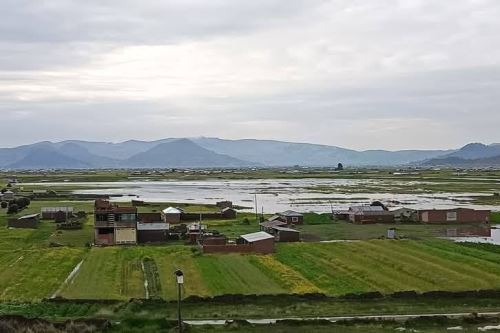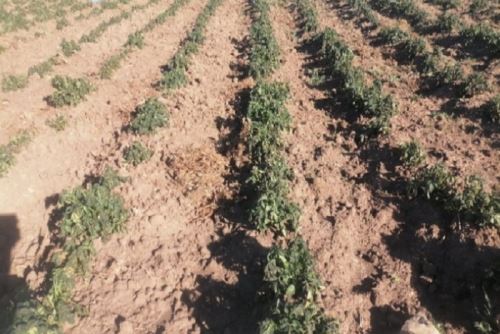The transition from the foraging stage to the agricultural stage in ancient Peru did not occur due to a period of scarcity, but rather as a result of innovation and resilience demonstrated by the ancient inhabitants of the Lake Titicaca basin, in the current Puno region, a scientific study reveals.
The research, carried out by archaeologists from the United States and Peru, focused on the study of the diet of the ancient inhabitants of the Titicaca basin in Peru.
The result of this work led them to propose new contributions on the origin of agricultural activity: "the transition from foraging to agriculture did not happen due to a period of scarcity, but as a result of innovation and resilience," it emphasized.

This was reported by the Museum of Natural History of the National University of San Marcos (UNMSM), which highlighted the participation of researcher Luisa Hinostroza, a member of the Department of Ethnobotany and Economic Botany of said museum.
She was part of the team led by archaeologist Luis Flores Blanco, from the University of California and Arizona State University in the United States.
Study in settlements inhabited for over 5,000 years
The research included an isotope chemistry, zooarchaeology, and archaeobotany study on buried individuals and material recovered from the Kalliachuro and Jiskairumoko sites in the Lake Titicaca basin, inhabited approximately 5,000 and 3,000 years ago, during the transition from foraging to agriculture.
The study stated that the isotopic signatures indicated a high proportion (84%) of plant-based food in the diet, complemented by a smaller proportion of meat from large mammals.

The UNMSM Museum of Natural History indicated that these proportions not only remain constant throughout this transitional period in both sites, but are also identical to those of earlier forager populations and later agricultural ones, indicating that food resources remained constant over thousands of years.
Moreover, the Museum of Natural History states that this article challenges the traditional idea that the transition to agriculture was driven by necessity or periods of crisis, since the findings show, on the contrary, that in the Altiplano it was a process marked by stability and sustained food sufficiency over thousands of years.
The study also shows that wild foods were increasingly managed and domesticated, creating mixed economies of foraging and agriculture.
The article
"Altiplano agricultural origins was a process of economic resilience, not hardship: Isotope chemistry, zooarchaeology, and archaeobotany in the Titicaca Basin, 5.5–3.0 ka," published in PLOS ONE (20[6]: e0325626) on June 25, 2025, was authored by researchers Flores-Blanco L, Hall M, Hinostroza L, Eerkens J, Aldenderfer M, and Haas R.
(END) MAO/JMP/MVB
Published: 7/9/2025